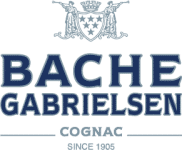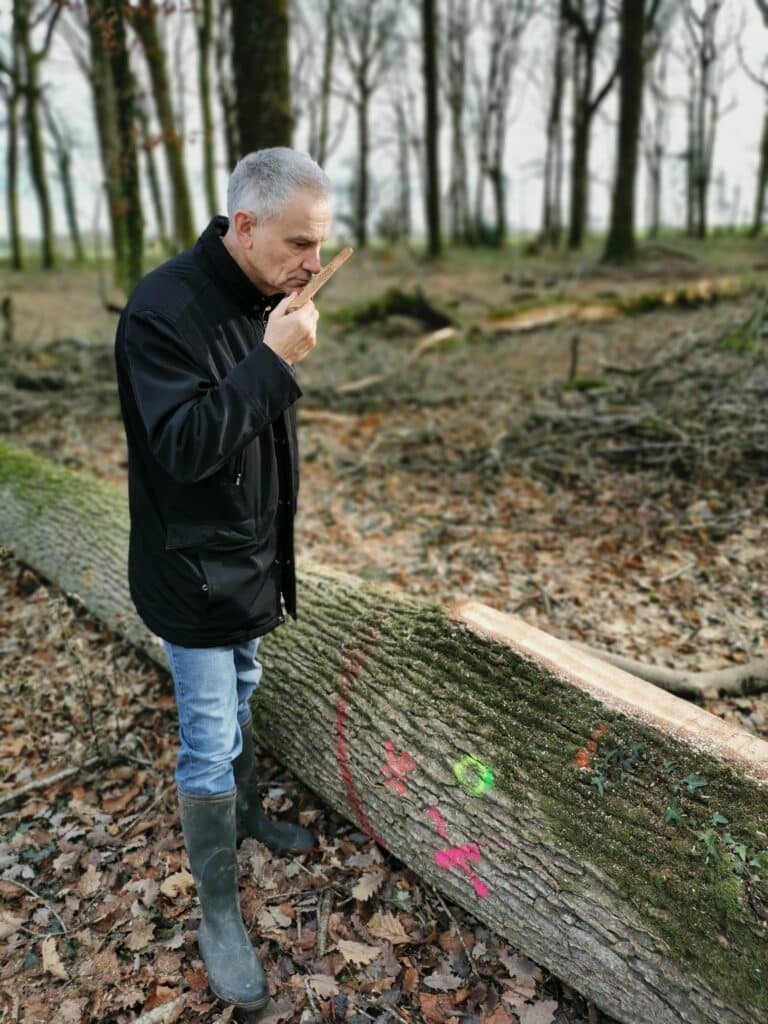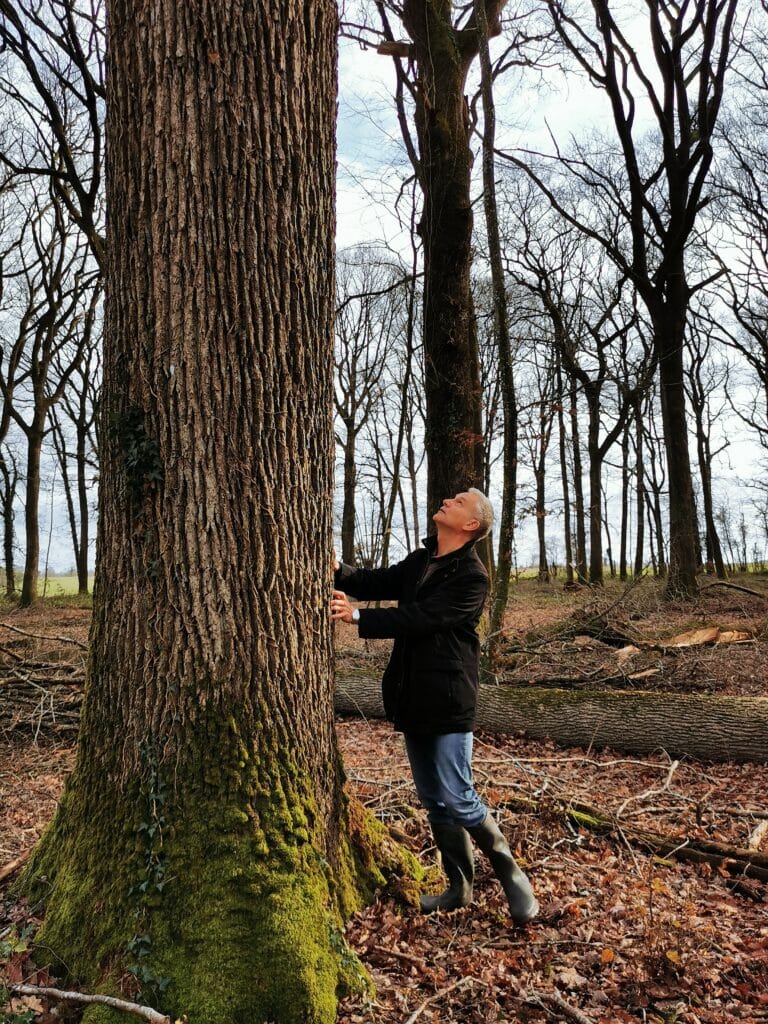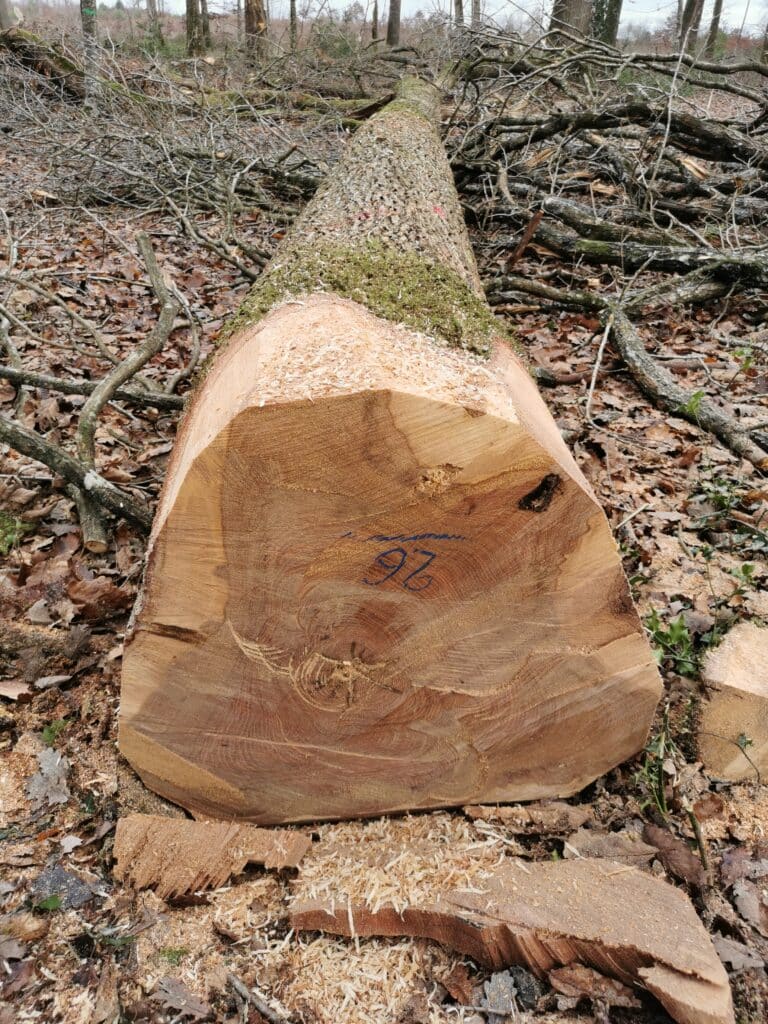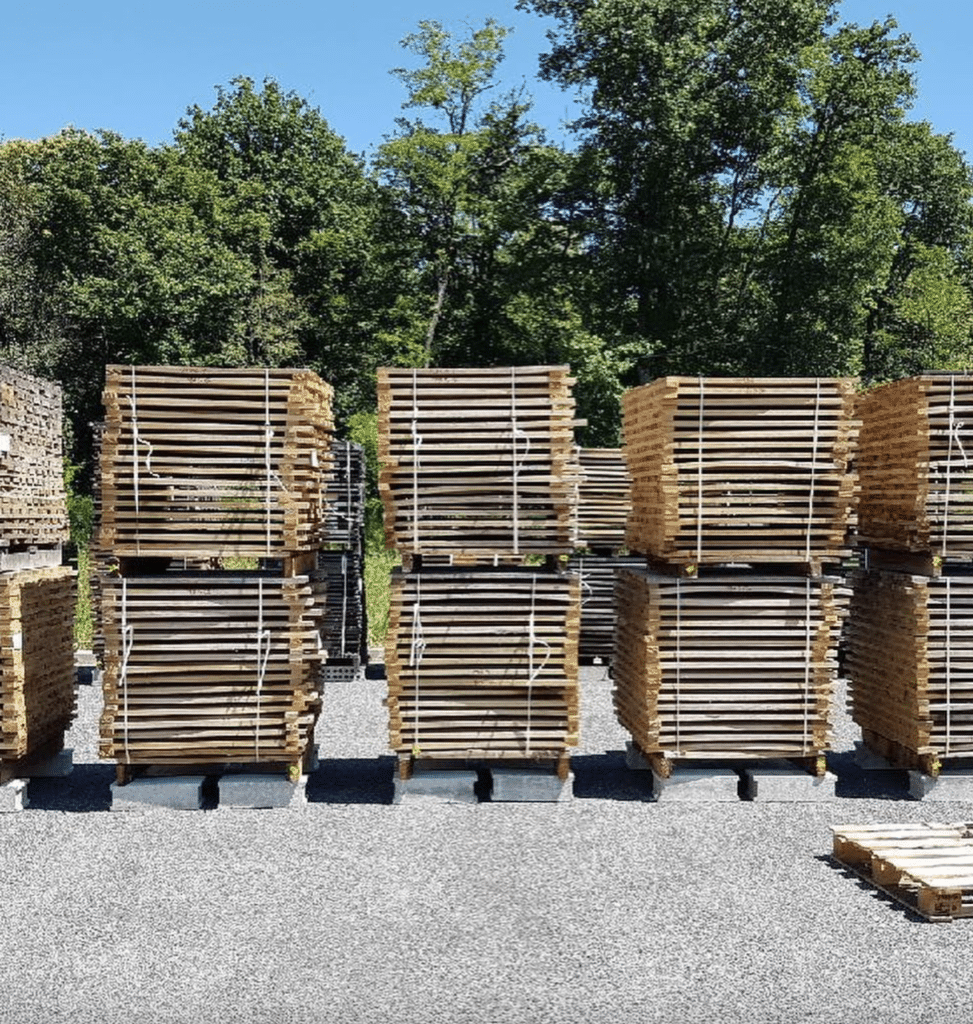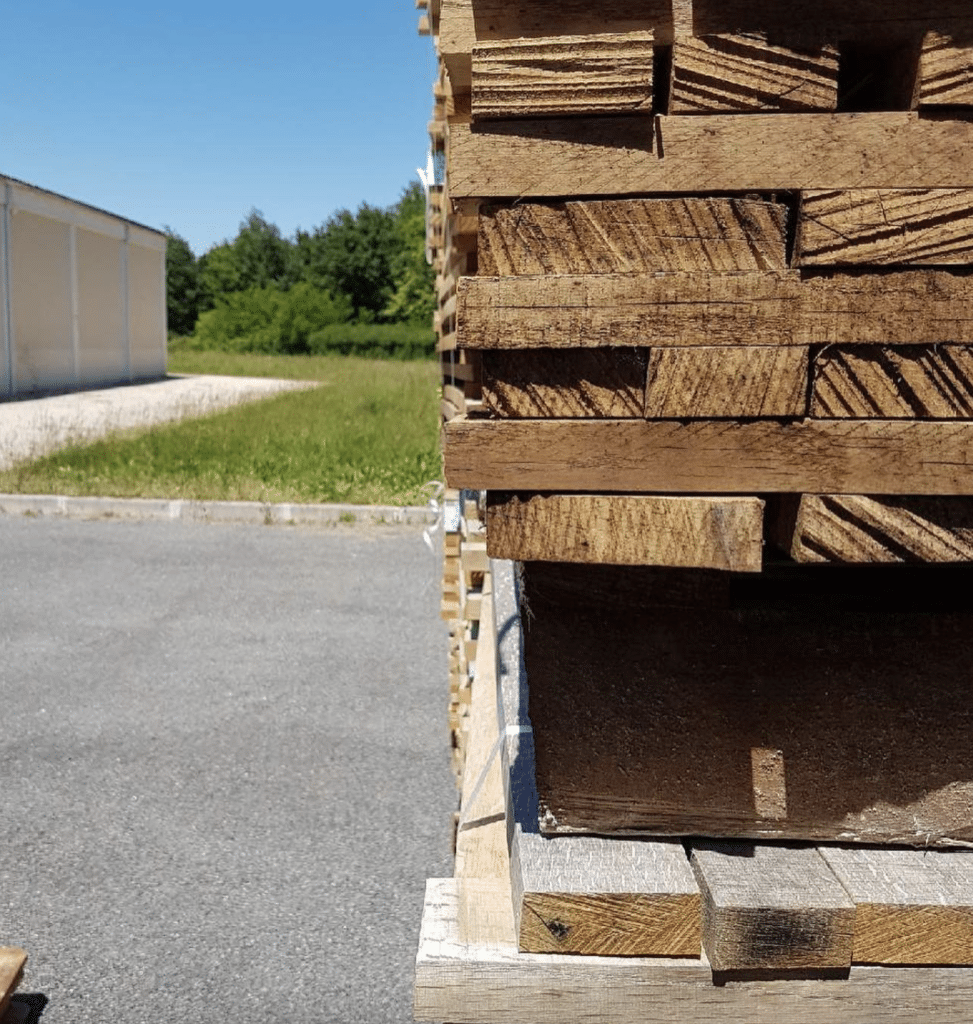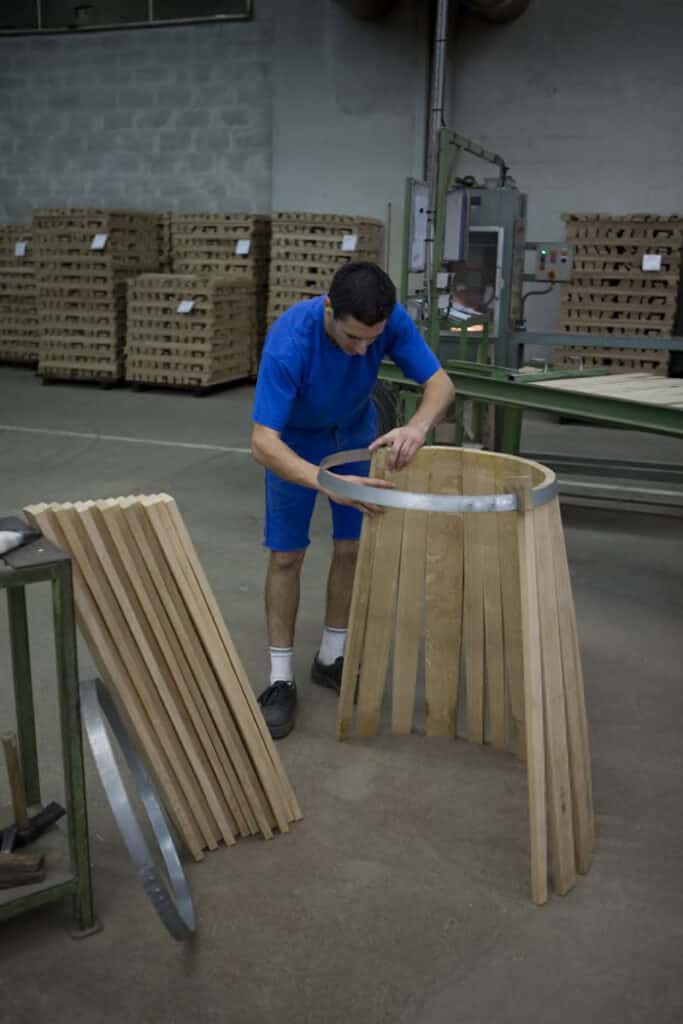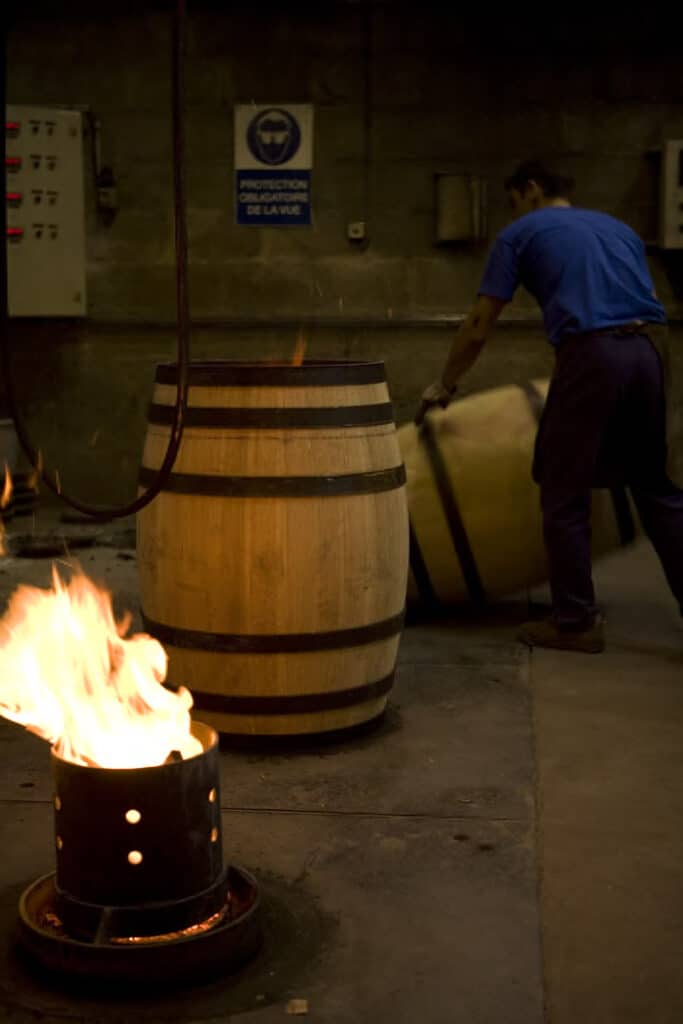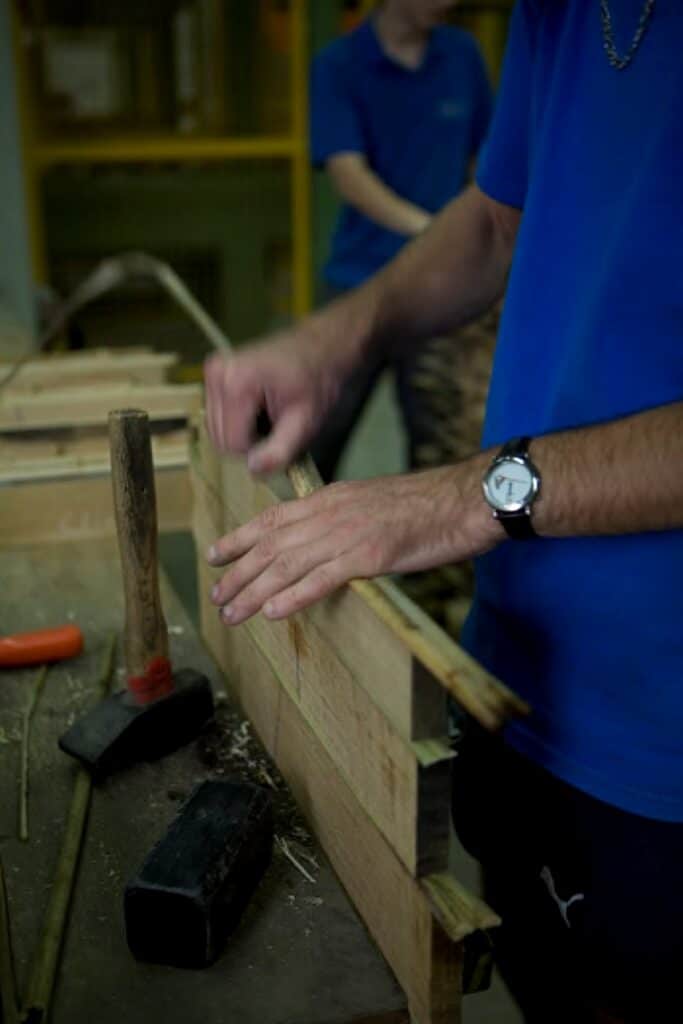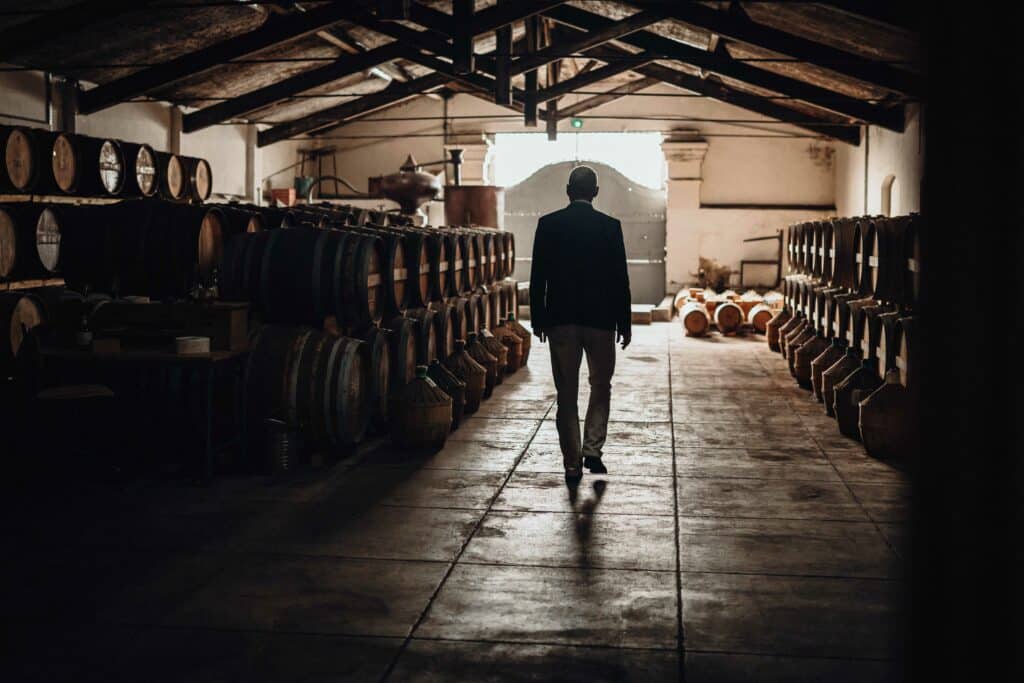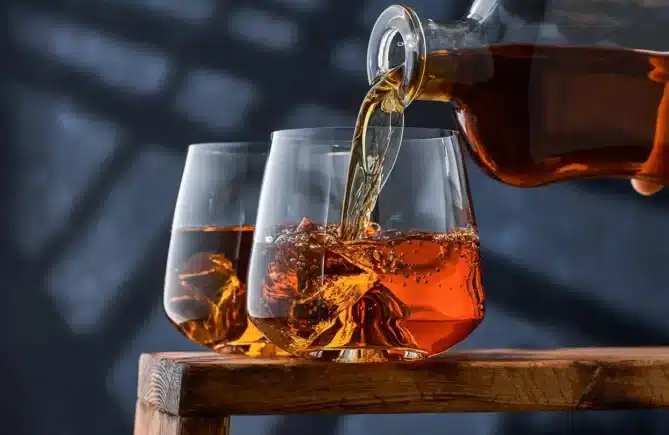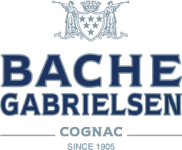Previous post
IN MEMORY OF THOMAS BACHE-GABRIELSEN
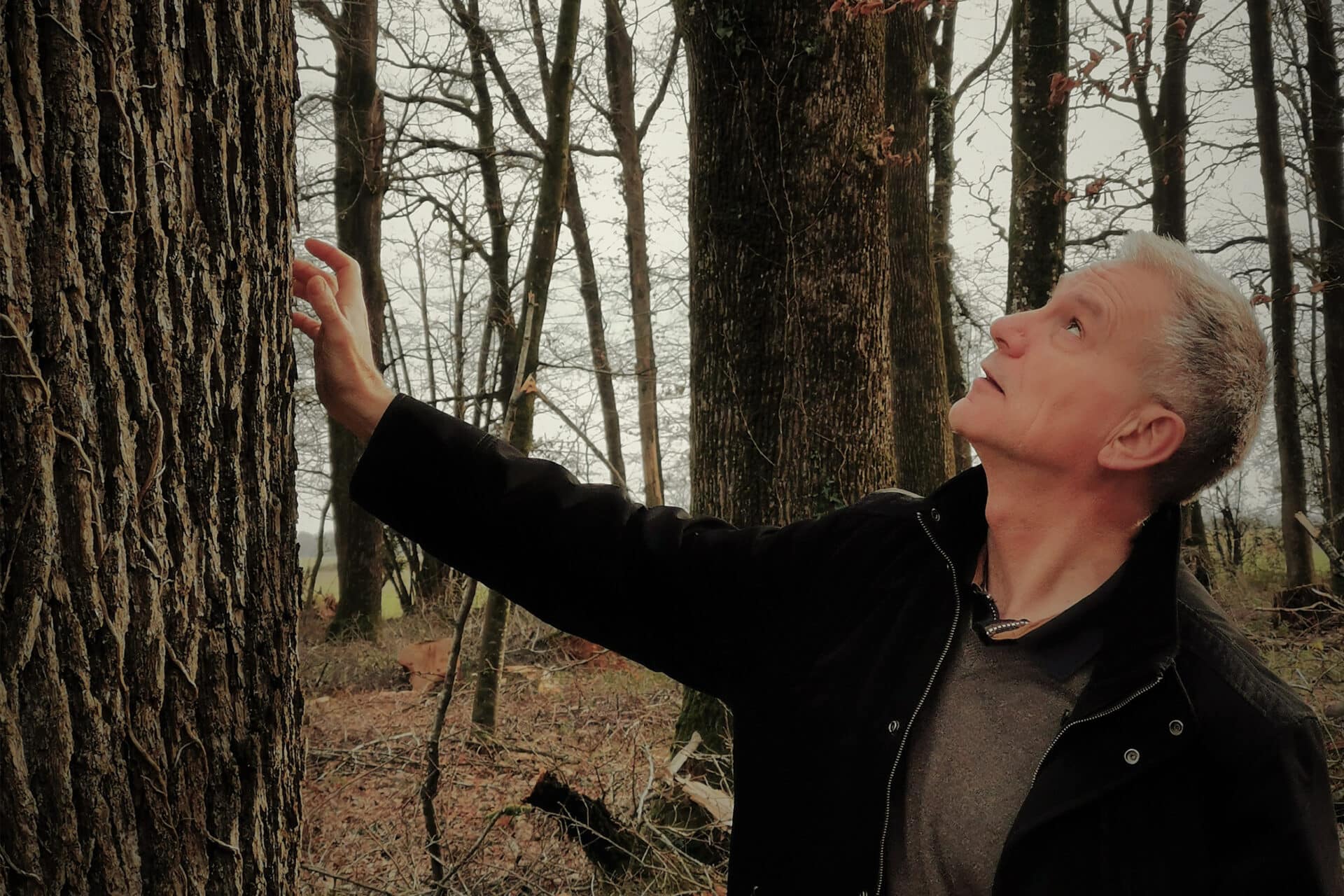
OAK WOOD, FROM THE FOREST TO THE CASK
- Post date: 13 Apr, 2022
- 5820 Views
- 0 Comments
BACHE-GABRIELSEN
Pour accéder à ce site vous devez avoir atteint l'âge légal de consommation selon la législation en vigueur dans votre pays de résidence.
In order to offer you the best possible service, our site uses cookies. By continuing to browse the site, you declare that you accept their use.
